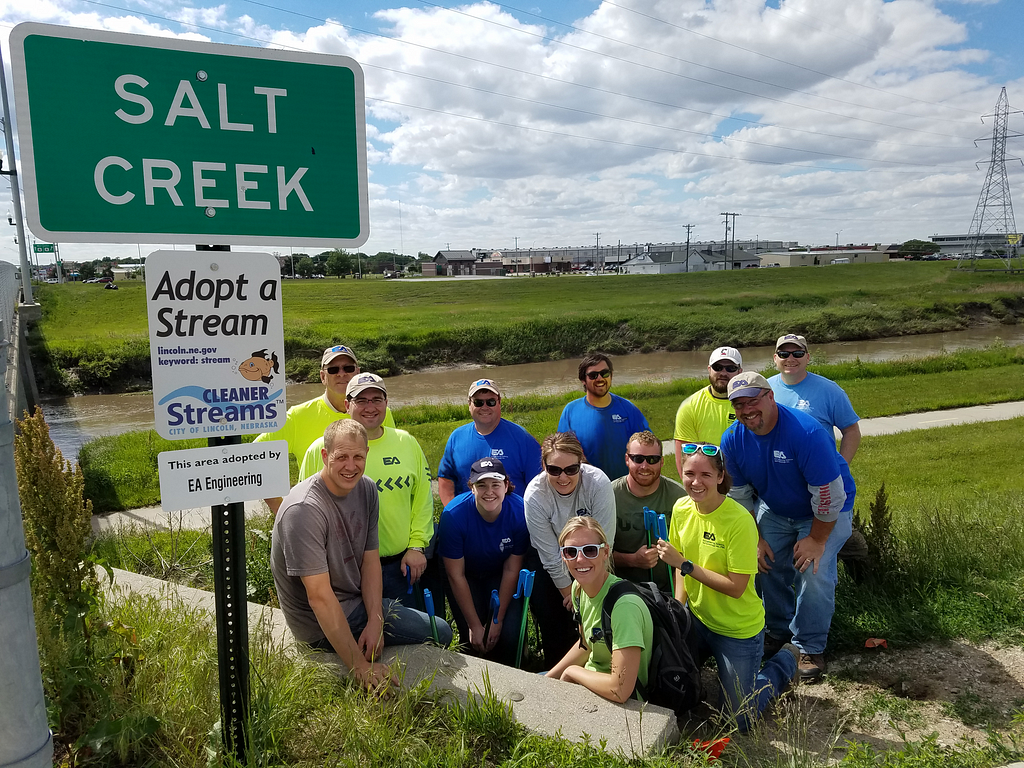Research Uses B Corp Data to Understand Impact of Ownership Design

By Karen Kahn
What is the relationship between employee ownership and sustainable business practices?
Fifty by Fifty, a project of The Democracy Collaborative, has spent two years engaged in both qualitative and quantitative research searching for an answer to that question. In its latest report, “Ownership design for a sustainable economy,” Sarah Stranahan and Marjorie Kelly summarize their research methodology, findings, and questions for further research into how employee ownership might offer lessons for enterprise designs appropriate for an economy that can live within planetary boundaries.
The research, supported by Partners for a New Economy, found a nuanced relationship between employee ownership and sustainability. While traditional capital-centered ownership tends overwhelmingly to put profits before planet, employee ownership by itself does not guarantee that a firm will prioritize environmental impact. Rather, Stranahan and Kelly found that it is the combination of social/ecological mission with broad-based ownership that supports the kind of moral leadership that values sustainability.
Most often, moral leadership comes from founders and/or the executives who strive to make the company’s values a reality. Where employee ownership makes a profound difference is when mission-driven companies transition to new ownership. Employee owners, steeped in company culture, are likely to continue to steward an ecological mission. By contrast, sale of mission-led firms to capital-focused owners can tend to drive out any mission other than profit maximization.
It is the combination of social/ecological mission with broad-based ownership that supports the kind of moral leadership that values sustainability.
The Research
In its research, Fifty by Fifty uncovered 57 employee-owned, mission-driven firms that embody the best in enterprise ownership design for a sustainable economy. Among these were 47 Certified B Corporations. We call these “next-generation enterprises,” says Kelly, “because they demonstrate design lessons for how enterprises can be structured to help solve two of the greatest challenges to our planet and democracy: growing inequality and the climate crisis.”
Fifty by Fifty used B Impact Assessment data from B Lab to compare employee-owned B Corps to B Corps that were not employee owned. A benchmark group of businesses were neither employee owned nor B Corps. Using B Lab’s “scores” for worker, environmental and overall impact, the researchers found that B Corps, whether employee owned or not, had similar environmental impacts.
However, employee-owned companies had overall B Impact Assessment scores 21% higher than non-employee-owned firms. This finding was confirmed when the analysis showed that of the 47 employee-owned B Corps that Fifty by Fifty identified, 37, or nearly 80%, had been name Best For The World by B Lab in 2017 or 2018. These are exceptional firms.
Also part of this research were case studies of 13 employee-owned B Corps, links to which are found in the report. The report also lists all 57 next-generation firms, a list that may be of use to other researchers.
Stranahan and Kelly found that mission-led, employee-owned firms are not confined to the margins of the economy. These next-generation enterprises include well-known brands such as Eileen Fisher, King Arthur Flour, Dansko, Clif Bar, and Gardener’s Supply. They include Recology, a $1.2 billion waste management and recycling firm committed to a mission of “a world without waste.” Also included are other leaders in green technology, such as the environmental consulting firm EA Engineering; South Mountain Company, an environmentally conscious design/build firm on Martha’s Vineyard; and Amicus Solar, a joint purchasing cooperative that includes multiple employee-owned solar companies.
There are also traditional manufacturing companies like Mission Bell Manufacturing of Morgan Hill, California, and NewAge Industries of South Hampton, Pennsylvania, plus investment management firms such as Zevin Asset Management and Trillium Asset Management, both of Boston. Also included is the iconic Cooperative Home Care Associates in the Bronx that employs more than 2,000 women, mostly women of color, and is both employee owned and a B Corp.
Importance of Moral Leadership
These companies have important lessons to share about the kinds of corporate ownership designs needed for a sustainable economy. As sustainability expert Carina Millstone has observed, the business case for sustainability, while important, will not get us to true sustainability. Because it is fundamentally a moral aim, true sustainability cannot be driven wholly by profit maximization. The question then is, what kinds of ownership design encourage moral leadership? “It is human leadership that brings moral vision to a firm,” the authors write. The financial algorithms that drive business decisions in publicly traded firms will not deliver a sustainable world.
Fifty by Fifty’s research shows that companies with an articulated and legally embedded social/ecological mission, combined with broad-based ownership, deliver demonstrably superior social and ecological outcomes. They embody the kind of next-generation enterprises that firms must one day become if we are to create a sustainable world. Ownership design is a crucial component for the future of environmentally sustainable business.
Fifty by Fifty’s research shows that companies with an articulated and legally embedded social/ecological mission, combined with broad-based ownership, deliver demonstrably superior social and ecological outcomes.
More Questions to Explore
It is important to continue to explore the lessons from ownership structure of corporations, which is a critical yet largely untapped new frontier in sustainability thinking. The report suggests one question deserving further study: What are the structural changes to business that would mandate and reward widespread sustainable, equitable behavior by moral agents?
Choosing to become a B Corp and/or employee-owned is voluntary, but mission-driven, employee-owned firms demonstrate how ethical company leaders can design a company to achieve social and environmental outcomes. To save our planet, it will take more than voluntary action; we also need policies and incentives to ensure major corporations are redesigned toward the same ends. As the report notes: “Appropriate legal structures and ownership design give firms the characteristics necessary to adopt truly sustainable activities, to contribute to community resilience, and to be viable at a steady scale.”
As is noted in the conclusion of the report, next-generation enterprise design “is not, by itself, wholly sufficient to create a sustainable economy.” International agreements on climate change and policies such as the Green New Deal that can help our communities transition to a zero-carbon future are crucial. But these will have to be matched by ownership designs for a sustainable economy.
Karen Kahn is a communications consultant and the editor of Employee Ownership News.
B the Change gathers and shares the voices from within the movement of people using business as a force for good and the community of Certified B Corporations. The opinions expressed do not necessarily reflect those of the nonprofit B Lab.

Impact of Employee Ownership on Sustainability was originally published in B The Change on Medium, where people are continuing the conversation by highlighting and responding to this story.